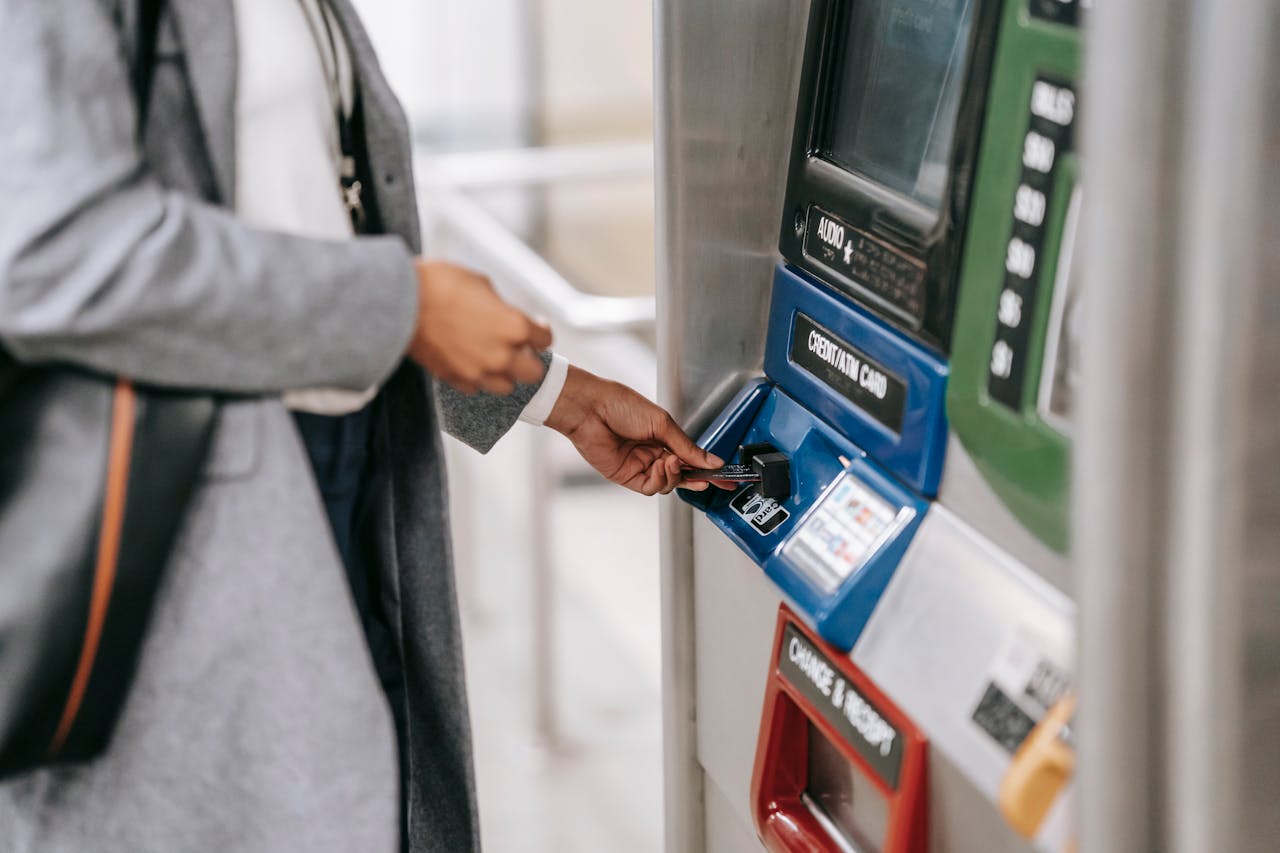

In recent years, Southeast Asia (SEA) has emerged as a hotbed for fintech innovation, transforming the financial landscape across its diverse markets. This transformation is characterized by a surge in digital financial services (DFS), revolutionizing how individuals and businesses manage their finances. However, the journey is not without its challenges, and understanding these is crucial for stakeholders aiming to navigate this rapidly evolving sector.
SEA's DFS landscape is primarily driven by five main verticals: digital payments, digital lending, InsurTech, WealthTech, and cryptocurrency. Among these, digital payments have gained the most traction, driven by the region's increasing internet penetration and smartphone adoption. Digital lending is also rapidly growing, with platforms leveraging technology to streamline loan processes and provide accessible financing options. InsurTech, although still nascent, is evolving with innovative insurance solutions tailored to the digital age. WealthTech and cryptocurrency are gaining momentum, providing new avenues for investment and financial management.
One of the most significant impacts of DFS in SEA is its contribution to financial inclusion. The region has a large unbanked population, with around 70% of adults lacking access to formal financial services. Digital financial services are bridging this gap by offering accessible, affordable, and efficient financial solutions. For instance, digital payments and e-wallets have become the preferred transaction method, even in remote areas, enabling more people to participate in the formal economy. Digital lending platforms are providing credit to underserved populations and SMEs, helping them overcome traditional barriers to financial access.
The future of digital financial services in SEA looks promising, with several trends pointing towards continued growth and innovation. Firstly, the integration of advanced technologies like AI and blockchain is expected to enhance the efficiency, security, and transparency of DFS. AI-powered credit scoring models, for example, can provide more accurate assessments of borrowers' creditworthiness, while blockchain can ensure secure and transparent transactions.
Secondly, the rise of hybrid financial models, where traditional banks collaborate with fintech companies, is likely to become more prevalent. These partnerships leverage the strengths of both entities to offer comprehensive financial services that are both accessible and innovative. For instance, Vietnam's digital bank Timo has teamed up with VPBank to provide digital lending solutions, blending Timo's digital capabilities with VPBank's infrastructure.
Despite the positive outlook, several challenges remain. The regulatory landscape in SEA is complex and varies significantly across countries, posing a challenge for fintech companies operating regionally. Ensuring data privacy and security is another critical concern, especially as DFS handles sensitive personal and financial information. The reliance on cash in many parts of SEA also poses a barrier to the adoption of digital financial services.
To overcome these challenges, collaboration between fintech firms, traditional financial institutions, and regulators is essential. Regulatory sandboxes, like those in Singapore, provide a controlled environment for fintech companies to innovate while ensuring compliance with regulatory standards. Additionally, continued efforts to raise financial literacy and build digital infrastructure will be crucial in driving the adoption of digital financial services across SEA.
Source: https://ycpsolidiance.com/white-paper/fintech-southeast-asia-trends-2024

Leading the Charge: Major Players in SEA’s Digital Lending Market
The fintech lending market in SEA is poised for substantial growth, including digital lending which is set to surpass digital payments as the primary revenue driver for the region's digital financial services sector by 2025, with a compound annual growth rate (CAGR) of 33%. This growth is fueled by the widespread adoption of automated loan origination processes and the seamless integration of financial services into digital platforms.

How SEA Startups are Navigating Funding Challenges
The startup ecosystem in Southeast Asia (SEA) has long been a vibrant hub for innovation and growth. However, recent global economic shifts and the aftermath of the COVID-19 pandemic have ushered in a new era of funding challenges.

Challenges for Sustainable Recovery in Southeast Asia
Sustainable recovery in Southeast Asia faces numerous challenges, yet also presents significant opportunities for green growth. Addressing sustainable issues is crucial for achieving a resilient and sustainable future.

Driving Cross-Border Growth: Regional Logistics Initiatives in Southeast Asia
The logistics landscape in Southeast Asia (SEA) has undergone significant improvements. The SEA logistics market was valued at over USD 497 billion in 2020 and is projected to expand further in the coming years. The SEA logistics market is driven by various regional initiatives and government policies to enhance connectivity, efficiency, and competitiveness across the ASEAN. These initiatives have facilitated smoother cross-border trade and stimulated investment and innovation within the logistics industry.